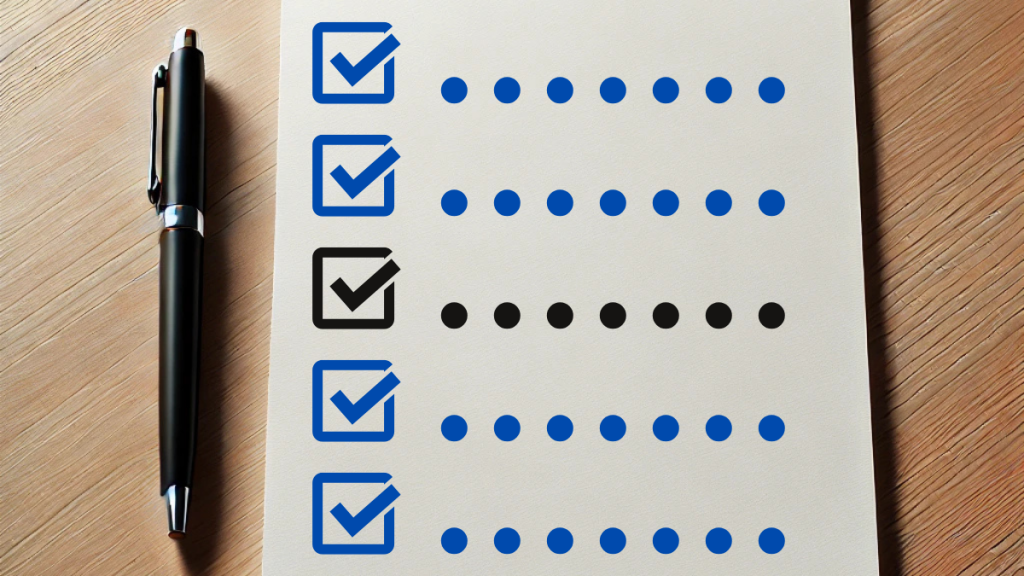Running a business is exciting—but nothing can ruin that excitement faster than realizing you don’t have enough cash to pay your bills. Even profitable businesses can run into trouble if cash isn’t managed well. The good news? Avoiding poor cash flow management is easier than you think. Let’s break it down into five simple, actionable steps that anyone can follow.
Step 1: Keep an Eye on Your Cash Flow
You can’t manage what you don’t measure. Tracking your cash flow is like keeping tabs on your checking account—you need to know how much is coming in and going out to avoid surprises.
What to Do:
- Create a Cash Flow Statement: This is just a simple list of all the money you expect to come in (sales, payments) and go out (bills, expenses).
- Review It Regularly: Check it monthly, or weekly if your business has a lot of activity.
- Use Tools: Apps like QuickBooks or Wave make tracking easy and automatic.
Why It Matters:
Knowing your cash flow helps you spot problems before they happen, like running low on cash during a slow season.
Step 2: Speed Up Customer Payments
Waiting too long for customers to pay is like waiting for the rain to water your garden—you need that water now, not later! Speeding up payments can prevent cash flow gaps.
What to Do:
- Invoice Quickly: Send invoices right after delivering a product or service.
- Offer Early Payment Discounts: For example, “Pay within 10 days and get 2% off!”
- Automate Reminders: Use software to politely remind customers about due dates.
Why It Matters:
Getting paid faster means you’ll have cash in hand when you need it.
Step 3: Manage Your Expenses Wisely
Think of your cash like a bucket of water. If there are too many holes (expenses), the bucket empties fast. Plugging unnecessary holes can save your cash for what really matters.
What to Do:
- Review Your Costs: Look at subscriptions, memberships, or services you rarely use—cancel them.
- Negotiate with Vendors: Ask suppliers for discounts or better payment terms.
- Avoid Overbuying Inventory: Buy only what you need, when you need it.
Why It Matters:
Cutting wasteful spending means more money stays in your pocket.
Step 4: Build a Safety Net
A cash reserve is like having an umbrella on a rainy day—it keeps you safe when the unexpected happens.
What to Do:
- Start Small: Save a percentage of your monthly profits, even if it’s just 5%.
- Set a Goal: Aim for 3–6 months of operating expenses in your reserve.
- Use High-Revenue Months: During busy seasons, save more to build your cushion faster.
Why It Matters:
A cash reserve keeps you afloat during slow months or emergencies, like equipment repairs.
Step 5: Time Your Payments Strategically
Paying bills doesn’t have to mean emptying your wallet all at once. Strategic timing can help you hold onto cash longer.
What to Do:
- Negotiate Longer Terms: Ask suppliers if you can pay in 60 or 90 days instead of 30.
- Stagger Large Payments: Break big bills into smaller chunks if possible.
- Pay Early When It Saves You Money: Only use early payment discounts if your cash flow is strong.
Why It Matters:
Holding onto cash longer gives you flexibility to cover unexpected expenses.
Common Pitfalls to Avoid
- Overestimating Income: Always plan for realistic, not overly optimistic, revenue.
- Ignoring Cash Flow Trends: Regularly review patterns to avoid surprises.
- Spending Reserve Funds Unwisely: Use your cash reserve only for emergencies or planned investments.
Tools to Help You Stay on Track
- Accounting Software: QuickBooks, Wave, or Xero for automated tracking.
- Payment Tools: Stripe or PayPal for faster invoicing and collections.
- Templates: Simple Excel or Google Sheets templates to track cash flow manually.
Case Study: A Small Business Success Story
Jenna runs a small bakery and often struggled to pay suppliers on time. She started using an invoicing app to send reminders and offered a 5% discount for early payments. She also reviewed her expenses and canceled a subscription she didn’t need. In six months, Jenna’s cash flow stabilized, and she was able to save $10,000 in a cash reserve.
Conclusion
Avoiding poor cash flow management isn’t about complicated strategies—it’s about staying aware, planning ahead, and being smart with your money. By following these five steps, you’ll set your business up for success and be ready for whatever comes your way.
What’s Next?
Want to dig deeper into your cash flow? Learn How to Identify and Fix Common Cash Flow Mistakes Early in our next article!


